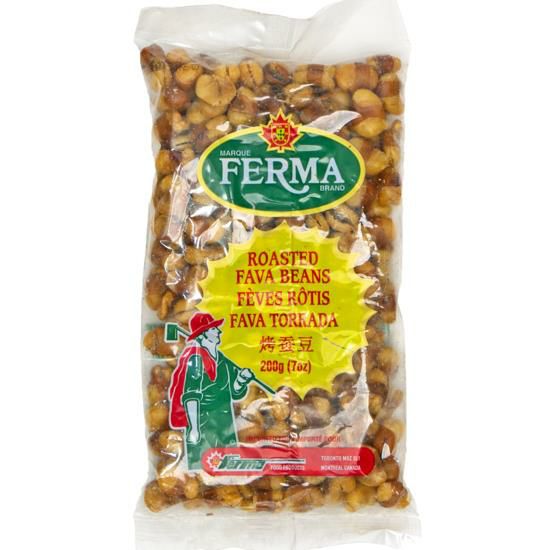Fruit Wine and Sugar: How to Create a Balanced Flavor
Balance the wine flavors in your home brew with fruitiness, sweetness, and other subtle flavors for a properly blended beverage you can be proud of and enjoy.

As you drink various wines, your ability to recognize different flavor profiles will become more defined. Some wines have too much tartness or acidity in them, while others taste bitter because of tannins. Besides knowing these wine characteristics, your understanding of wine is also put to the test with your ability to create a balanced wine flavor.
Wine with balanced flavor profiles has the right and proportional amount of fruitiness, acidity, and sweetness that lets you find that perfect wine based on your standards. Whether you want to strengthen or lighten the taste of your homebrew, you can control fruit wine’s flavor by being mindful of its sugar content.
This article will discuss the role of sugar in your wine and how to use it to create a balanced flavor for your next homemade wine.
How does sugar affect the taste of wine?
Wine, being made from grapes, naturally contains sugar, but you might perceive different levels of sweetness depending on the grape variety or the region where the grapes were grown. So even if France is one of the world’s top wine producers, you may find that red wines from Argentina taste sweeter because malbec grapes grow more abundantly there.
Sugar creates a fruity impression in wine—the more sugar you add, the fruitier the wine tastes.
Then again, different sugars have different degrees of sweetness, like how fructose tastes sweeter than glucose.
Besides altering its flavor, adding more sugar to wine may also increase the alcohol content of your beverage. That’s because yeast converts most of the sugars from the fruit and syrup solutions into alcohol during the fermentation process. However, dextrose—being a simple sugar—is easier to ferment than sucrose, which has one part glucose and one part fructose.
Sweetening Your Homemade Wine
Not all sugars are broken down into alcohol during fermentation—these are called residual sugars. If you like hints of sweetness in your wine, you can create one with residual sugars using any of these two common methods.
-
Back sweetening
In this method, you let your wine ferment and stabilize first before adding back sugar or sweeteners, without the added sugar causing a second fermentation.
Here’s how to back sweeten your wine:
- After fermentation, stabilize the wine by getting rid of yeast sediments that settled at the bottom of your carboy or glass jug.
- With the wine in a new vessel, dissolve about half a teaspoon of potassium sorbate and a quarter of a teaspoon of sodium metabisulphite in a small amount of boiled and cooled water. These ingredients are provided in your wine making kit to inhibit the yeast from reproducing and fight oxidation, which can give an unpleasant taste to the wine. Leave the wine with preservatives for at least 12 hours.
-
Finally, create a sugar solution wine by dissolving a small amount of table sugar in boiling water. A good ratio is 1:1 or 100 grams of sugar in 100 ml of water. Then, add the sugar solution into the wine gradually, making sure to mix and taste if you’ve achieved the right level of sweetness you’re aiming for.
- Cold crashing
Wineries typically use this method to enhance their products’ fruity aromas and various taste perceptions without producing as much alcohol content. Cold crashing the wine involves stressing the yeasts and causing them to release hydrogen sulfide, so this may not be so easy for home brewers. Best to go with yeasts that don’t produce too much hydrogen sulfide if you want to try this method.
Cold crashing is done by cooling the must to a temperature between 28°F to 35°F (-2C to 1C). Therefore, you need a chamber or fermentation fridge to cool down the must, which should take about 5 to 10 days. Then, rack the wine to a new vessel once it’s clear of yeast particles, put it back in the fridge, and add the sugar solution following the same steps in back sweetening.
Tips in Making Sure You Have Balanced Flavor Profile
A wine with a balanced flavor profile contains even amounts of these three primary elements:
- Alcohol - A burning sensation at the back of your throat indicates high alcohol levels in wine. Use the hydrometer in your wine making kit to check how much alcohol the sugars will produce and tweak your recipe accordingly.
- Acid - Too much fruit can make the wine tart or acidic, so go for the right fruitiness by adding some sugar or syrup solution.
-
Tannin - Tannin can be good for wine drinkers’ health, but its bitter flavor can make your wine taste more intense than you can enjoy. Similar to when adding sugar, it’s advisable to add a small amount of tannin into your homebrewed recipe, test a sample, and add more if necessary.
Balance in Wine Making
Just like everything else in life, patience and caution pay off in winemaking. You can’t be careless in adding or mixing things up, or the wine may be either too overpowering or boring. Balance the wine flavors in your homebrew with fruitiness, sweetness, and other subtle flavors for a properly blended beverage you can be proud of and enjoy.
Get everything you need at Danny’s Wine and Beer, your one-stop shop for all things winemaking.



Leave a comment